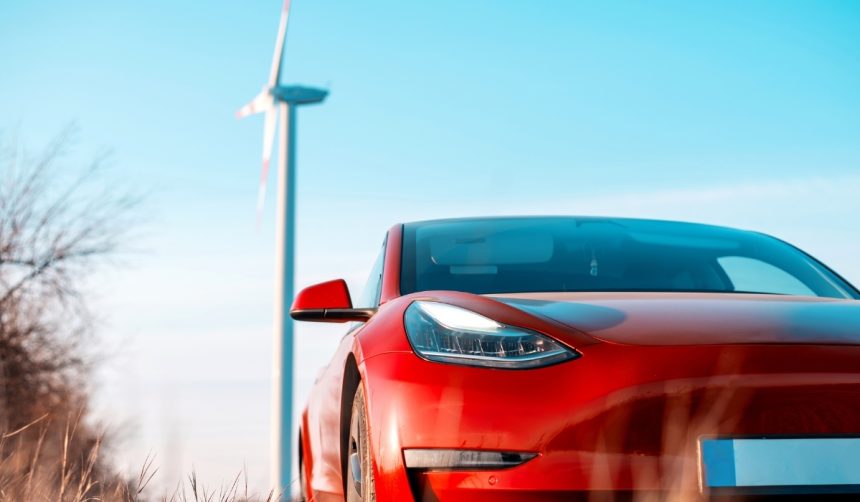Tesla is pressing forward with adjustments to its Robotaxi service, focusing on improved efficiency and user convenience. As the competition in autonomous ride-hailing grows, companies are looking for small enhancements that can make a notable difference to passengers’ daily experiences. Tesla’s latest tweak allows Robotaxis to collect customers directly at their phone location, offering flexibility in dynamic urban environments. Observers expect these incremental improvements may drive broader public familiarity with driverless technology and reshape user expectations for personal mobility services.
When considering previous coverage of autonomous ride-hailing, updates have often focused on expansion, regulatory hurdles, or major technical milestones. Earlier reports highlighted geofencing boundaries, limited route options, and early-stage public testing. The current refinement departs from larger infrastructural developments and instead draws attention to subtle aspects of service design tuned for daily practicality. Whereas some early feedback focused on issues like customer confusion over pick-up points, this update seems targeted at addressing such specific usability obstacles by closely aligning vehicle arrival with the user’s real-time location. The shift to user-location-based pick-up marks a tangible improvement from the static, app-based pick-up protocols observed earlier this year.
What Does the Robotaxi Update Involve?
Rather than adhering strictly to app-designated pick-up spots, Tesla’s Robotaxis now navigate to the precise real-time position of the user’s mobile phone. This functionality has been noticed by community members in Austin, where the Robotaxi fleet is currently active. The change was confirmed by CEO Elon Musk on social media, where he referred to it as a service upgrade. The adjustment aims to streamline the handover process between passenger and vehicle, especially in contexts where waiting at a fixed location may cause inconvenience or delay.
Tesla observer Owen Sparks stated, “Robotaxi no longer strictly navigates to the pickup point. I noticed it stops right where I am if I am ahead of the pickup point.”
How Are Users Responding to These Changes?
Riders have generally described experiences with Tesla’s Robotaxis as cautious and lifelike, contrasting their impressions with conventional ride-hailing options such as Uber. Reports from social media express that these driverless vehicles offer a sense of safety and predictability, especially as the vehicles adapt to new user-focused features. Although the update is relatively modest, some early adopters expect that more flexible pick-up methods could lower barriers to trying the service for users unfamiliar with fully autonomous vehicles.
Could the Update Influence Adoption of Robotaxis?
Integrating dynamic, location-based pickups is expected to enhance the everyday viability of the service, particularly in congested urban environments or situations where precise coordination is important. Making the process more seamless can encourage wider acceptance among traditional ride-hailing clientele. Improving tactile service details might be key for Tesla as they look to broaden their customer base beyond early adopters and further establish their presence in autonomous mobility.
Tesla’s focus on micro-level service refinements suggests a strategy directed at smoothing out customer friction, not just delivering advanced technology. By refining the interaction between vehicle and passenger at key moments, even a relatively simple update can translate into a positive shift in perception. For users and industry stakeholders, monitoring these types of changes provides insight into how autonomy is evaluated not just by performance metrics but also by how well a service responds to passengers’ practical needs. Keeping abreast of such updates will help users navigate the evolving landscape of mobility, where responsiveness and customer comfort are gaining prominence alongside technical prowess.










